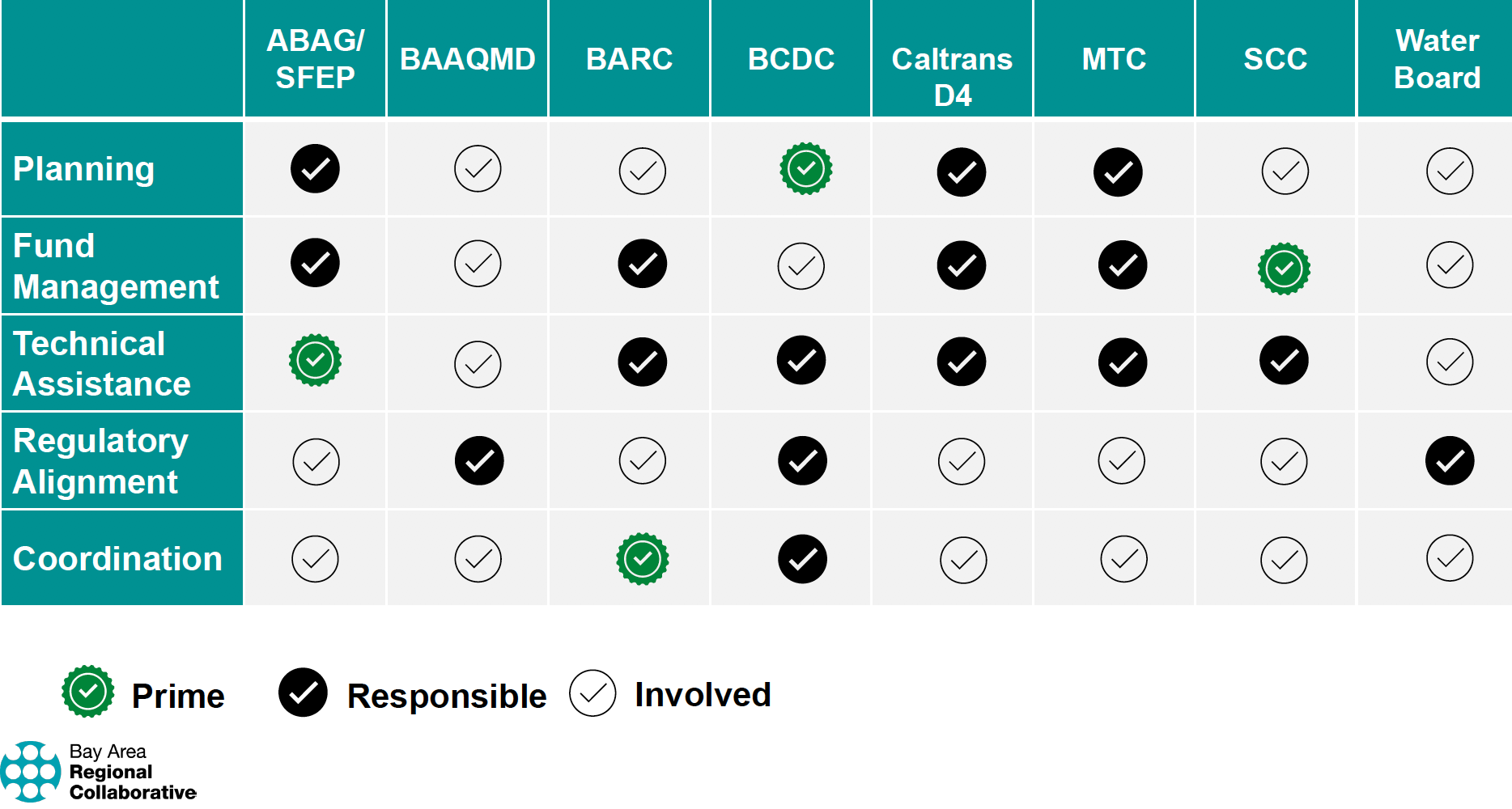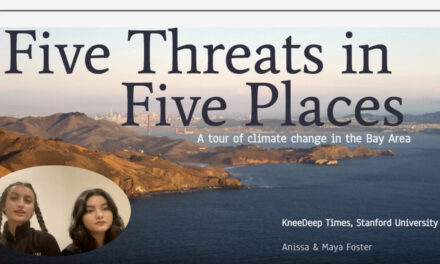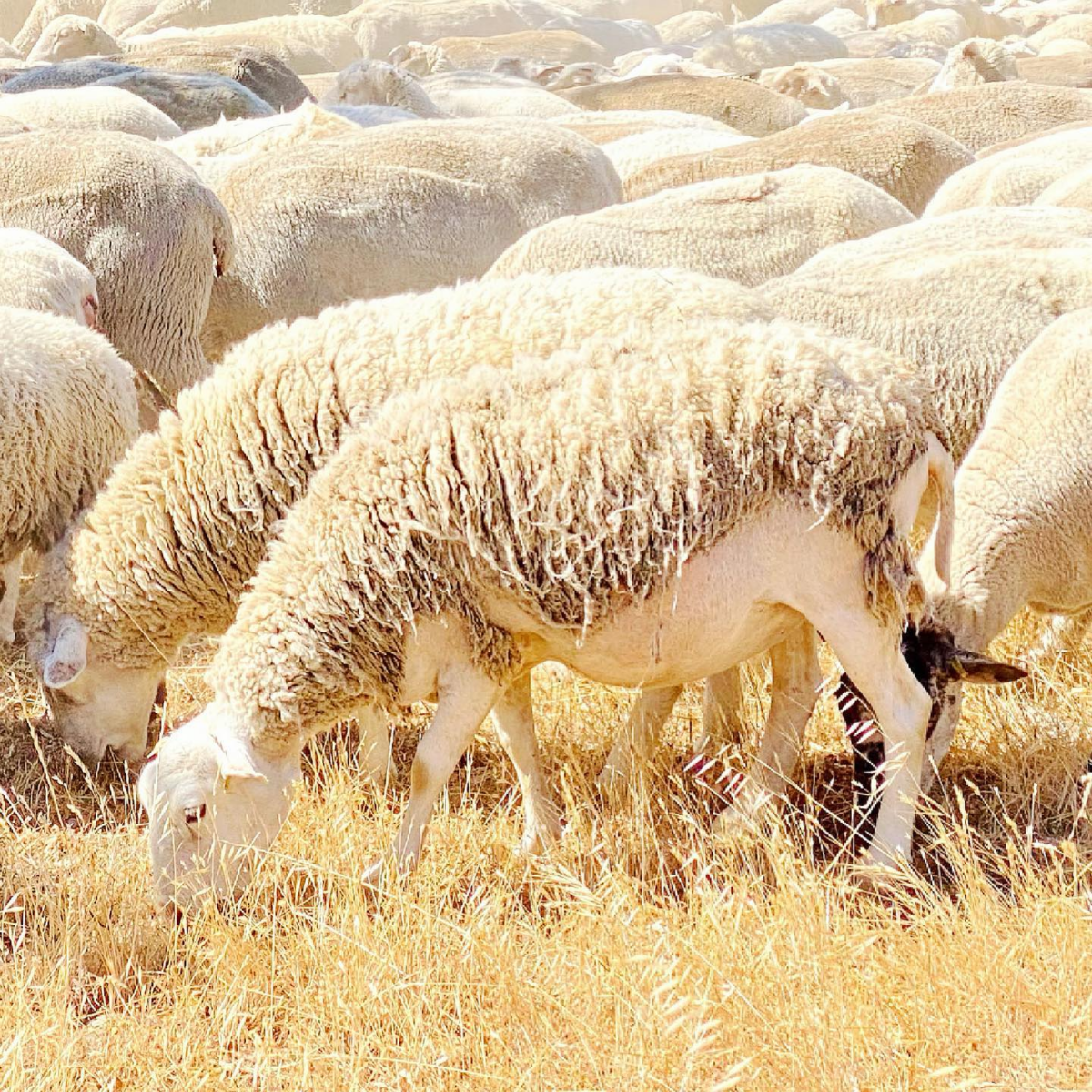Memo Distills Joint Approach to Flood Protection
With the region facing projected costs of at least $110 billion to protect its shores against rising waters, the failure to coordinate efforts on regional funding proposals can have serious consequences—an issue that was showcased recently when two local agencies both applied for the same multi-million-dollar federal grant program.
“This Federal agency only wanted one applicant from each region of the country,” says Allison Brooks of the Bay Area Regional Collaborative. “That’s the kind of miscommunication that can cost literally millions, where we end up not accessing the big dollars that we need.”
Avoiding similar snafus is one goal of a new Memorandum of Understanding approved on July 19 by seven regional and state agencies, committing them to work together to identify, prioritize and deliver high-priority, multi-benefit projects to reduce flood risks along the shoreline.
“This is a historic moment, when we lay out how we can use all our regulatory tools, all our expertise, all our strengths to work together to address the threat of sea level rise to our region,” said BARC chair and Berkeley mayor Jessie Arreguin at the July meeting.
The seven agencies include the Association of Bay Area Governments, the Bay Area Air Quality Management District, the California State Coastal Conservancy, CalTrans District 4, the Metropolitan Transportation Commission, the San Francisco Bay Conservation and Development Commission, and the San Francisco Bay Regional Water Quality Control Board.
The MOU establishes the first coordinated regional strategy to fund and deliver the types of projects the Bay Area will need to protect vulnerable communities from the effects of climate change. It delineates the roles and responsibilities of each agency with regard to the different aspects of developing and executing adaptation projects. The agreement identifies these core functional areas as planning, fund management, technical assistance, regulatory alignment and coordination.
Roles and responsibilities for the seven agencies as laid out in the new MOU. Source: BARC
Other Recent Posts
Learning the Art of Burning to Prevent Wildfire
In Santa Rosa’s Pepperwood Preserve, volunteers are learning how controlled fires can clear out natural wildfire fuel before it can spark.
Martinez Residents Want More Than Apologies — They Want Protection
After a 2022 release of toxic dust and a February 2025 fire, people in the northeast Bay town are tired of waiting for safety improvements.
Weaving Fire Protection Out Of What’s Already There
A new Greenbelt Alliance report shows how existing vineyards, grasslands, and managed forests can slow wildfire and save vulnerable homes.
Fall Plantings Build Pollinator Habitats in Concord
Community groups, climate advocates and a church are coming together to plant pollinator gardens as monarchs, bees see population declines.
Newark Needs Housing, But Could Shoreline Serve A Higher Purpose?
The Bay Area needs more affordable housing, but would 196-homes or a buffer against sea level serve local needs better in the years ahead?
Who Will Inherit the Estuary? Training for a Rough Future
The six-month program teaches students aged 17 -24 about the challenges facing communities around the SF Estuary, from Stockton to East Palo Alto.
Split Verdict Over State of the Estuary
Habitat restoration and pollution regulations are holding the Bay steady, but the Delta is losing some of its ecological diversity, says SF Estuary Partnership scorecard.
Volunteers Catch and Release Tiny Owls For Science
In Santa Rosa, citizen scientists capture northern saw-whet owls to help further research on climate impacts to the bird.
Antioch Desalination Plant Could Boost Local Water Supply
The $120 million plant opened this fall and treats 8 million gallons of brackish water a day, 75% of which is drinkable.
How Cities Can Make AI Infrastructure Green
Data centers fueling AI can suck up massive amounts of energy, water and land, but local policies can mitigate the impact.
“We know that climate change is a huge regional problem that needs regional solutions and regional coordination from the leaders of the Bay Area agencies,” says SF Water Board chair Eileen White. “Instead of competing for different resources, tackling the same problems, we will be much more effective in addressing climate change by working together. We can achieve more and be strategic about what funding we want to pursue.”
The MOU’s objectives include identifying priority projects through a process that incorporates local sea level rise adaptation plans, supporting multi-jurisdiction partnerships, and helping cities, counties and special districts plan and fund climate adaptation projects.
Len Materman of the San Mateo County Flood and Sea Level Rise Resiliency District says his agency is “grateful to the State and regional agencies that developed the MOU for understanding the urgency of planning and building resilience to the impacts of climate change.”
“We need unprecedented coordination to prioritize flood risk management projects in the places that need them most,” says ABAG Executive board Vice President Bella Ramos. “We must accelerate our pace and plan at a scale commensurate with the risk. This MOU is an important step.”











